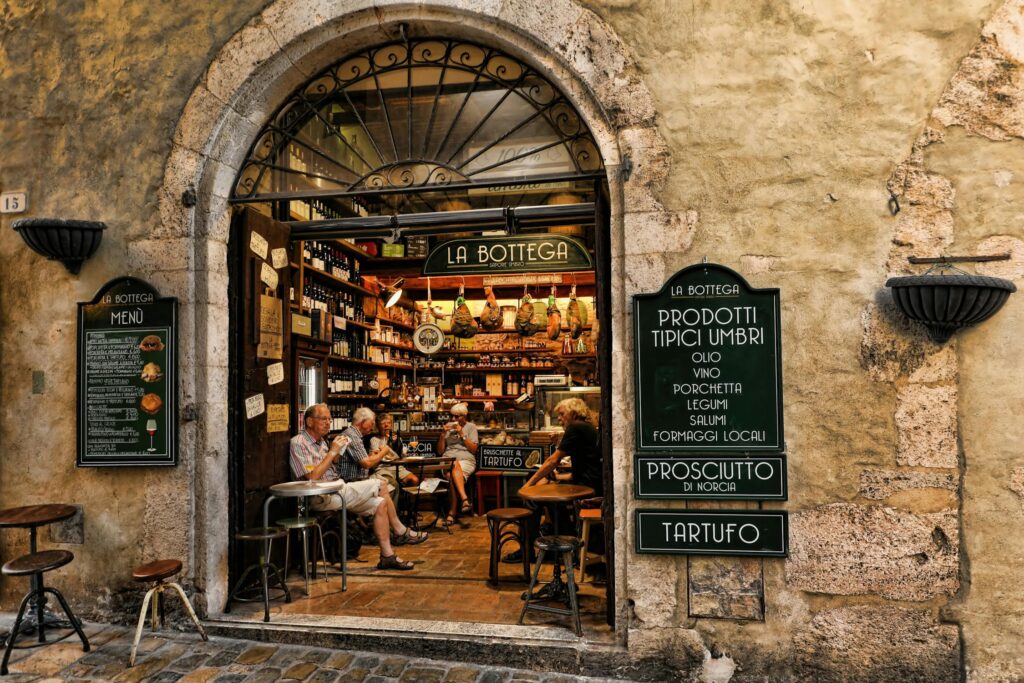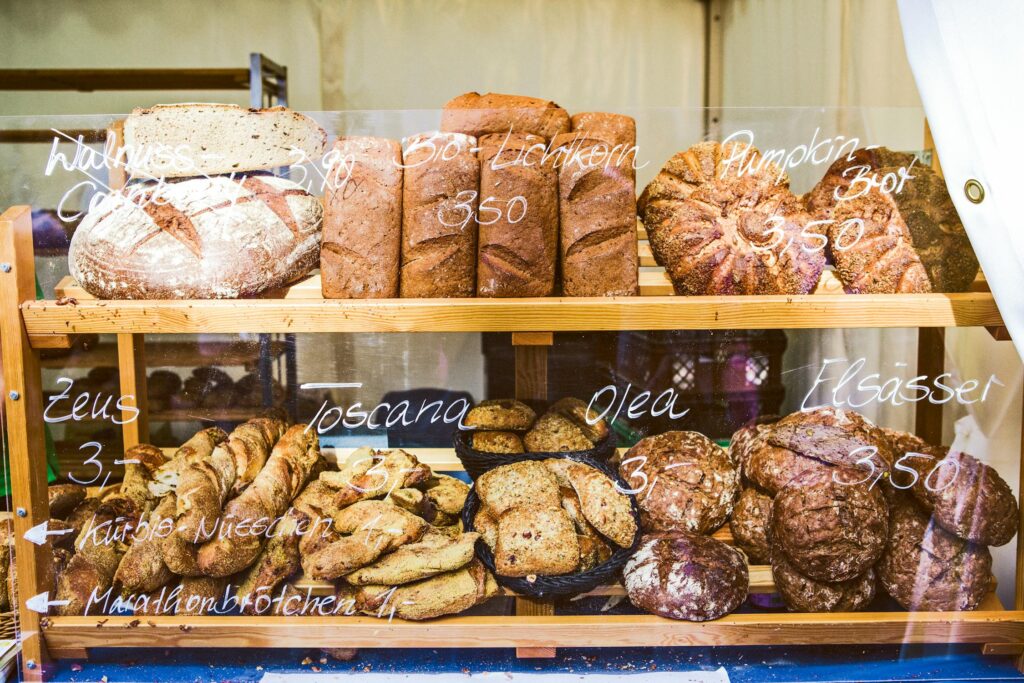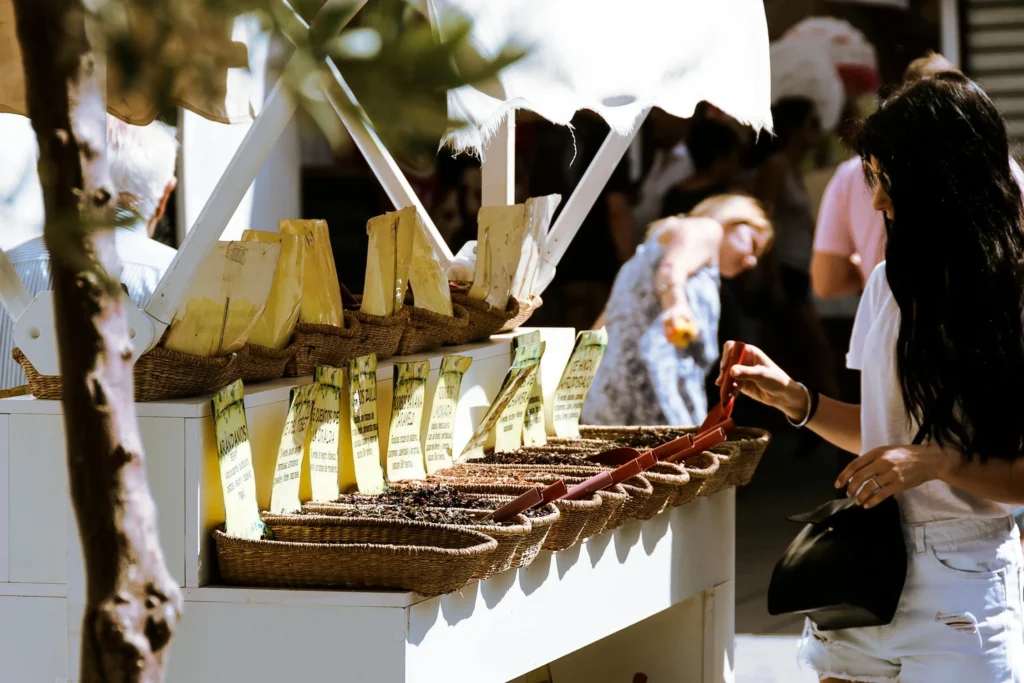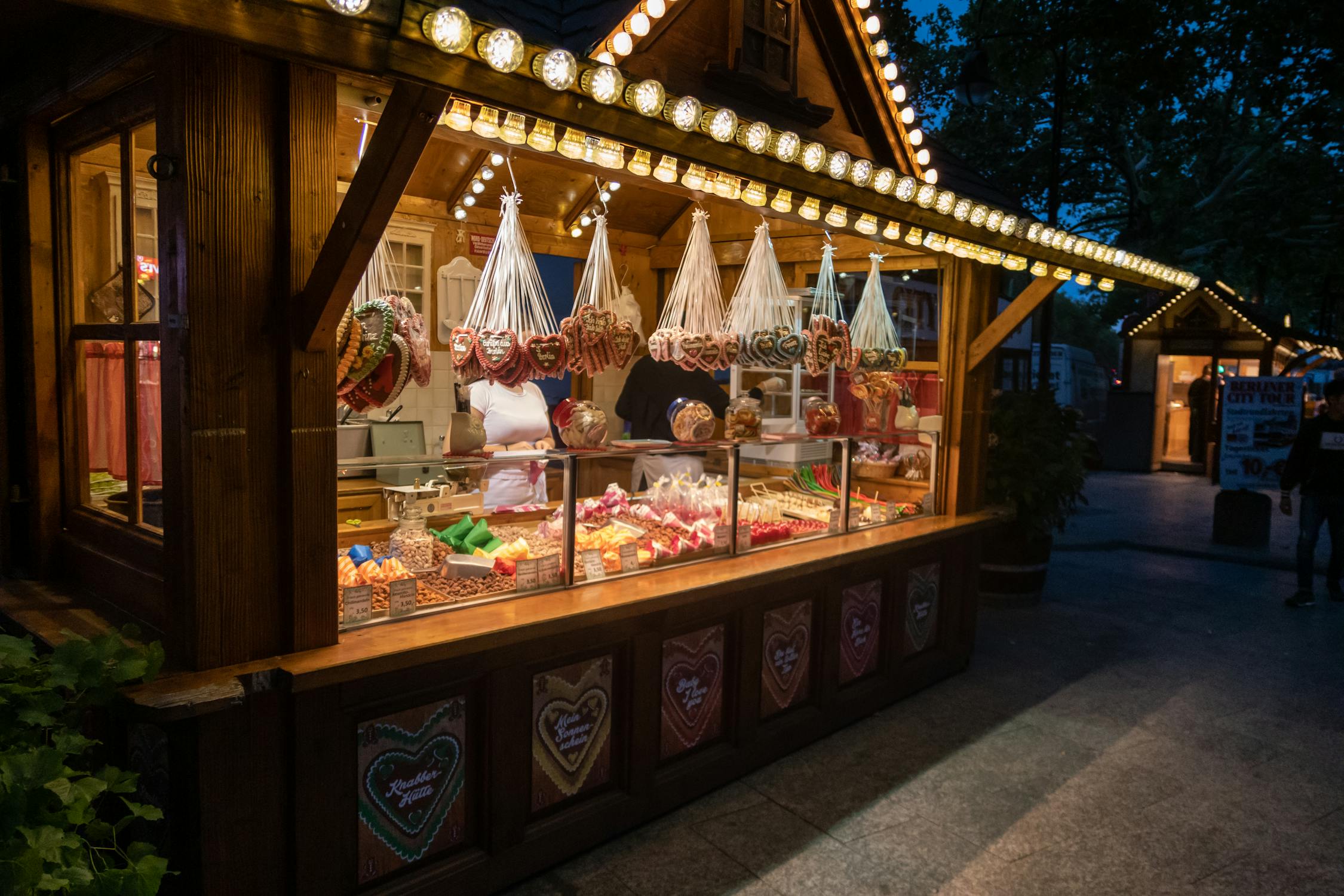Europe is a dream for food lovers, but for me, the real treasures are far away from the crowded cafes and tourist-heavy spots. The best bites are hidden down quiet alleyways and little corners most travelers miss. Street food isn’t just a quick snack—it’s a peek into local life and traditions, a world away from the usual guidebook recommendations. When I traded picture-perfect plates for authentic street eats, that’s when I found the real flavor of Europe.
Here’s what I look for when hunting for street food:
- Busy stalls packed with locals
- Dishes rooted in local traditions
- Food cooked fresh right in front of me
- Vendors using simple, local ingredients
- Short menus focusing on just a few specialties
- Seasonal treats tied to festivals or holidays
If you want to truly taste a culture, street food is the key. It’s authentic, unforgettable, and every bite tells a story. Keep reading—you’re in for a flavorful journey.
Why Exploring Local Street Food Matters
Wandering a busy foreign street, your senses come alive—grills sizzle, spices entice, and locals carry paper-wrapped delights. Street food isn’t just a meal; it’s culture and history served on a stick or in dough.
Connecting With Local Culture Through Food
Street food offers a taste of local life, free from fancy menus or trends. Each dish reflects generations of tradition, with stalls serving history on a plate. A €2 churro can reveal more about a country than any museum tour.
Local street food also reflects regional diversity. What you’ll find in Southern Italy varies wildly from what’s cooked up in the Czech Republic. It’s a reminder that Europe’s cuisine isn’t one-note—it’s kaleidoscopic.
Economic Benefits Of Eating Street Food
Street food is perfect for budget travelers—authentic, flavorful meals under €5. Skip the €50 tourist spots and support local families instead of chains.
There’s also a kind of ethical fulfillment in spending where it matters. You’re helping to sustain traditions and keeping micro-enterprises alive.
The Creative Flair Of Authentic Street Food
The best creativity often comes from local cooks using regional ingredients and time-honored recipes. Street food offers unique flavors, like Spain’s vinegar-fried fish or Romania’s rare cheeses, found nowhere else.
Hidden Street Food Gems Across Europe
Street food in Europe is like a treasure hunt—each bite holds a story waiting to unfold. Beyond the polished restaurants and tourist-beloved dishes, there are local favorites that remain off the radar for most visitors. These hidden gems bring the essence of each region to life, whether it’s through textures, aromas, or generations-old recipes passed down like heirlooms.
Knäckebröd in Stockholm, Sweden
Street food in Europe is a treasure hunt, revealing stories through hidden local favorites. These off-the-radar gems capture each region’s essence with unique textures, aromas, and heirloom recipes.
Kürtőskalács (Chimney Cake) in Budapest, Hungary
Watching kürtőskalács being made is as captivating as eating it. Dough wraps around molds, roasts over embers, and emerges golden with a crispy shell and soft interior, coated in sugar, cinnamon, or nuts. For the best, visit Budapest’s Great Market Hall or Váci Street. On a chilly evening, it’s pure magic.

Socca in Nice, France
Socca, a chickpea pancake from Nice, is simple yet extraordinary. Made with chickpea flour, olive oil, and water, it’s wood-fired for crispy edges and a creamy center. Find the best at Cours Saleya Market’s Chez Thérésa, a local favorite for decades. Paired with rosé, it’s unforgettable.
Bifana Sandwich in Lisbon, Portugal
Lisbon’s bifana is a sandwich like no other. Marinated pork in wine, garlic, and paprika is cooked to juicy perfection and tucked into crusty bread, often with mustard or peri-peri sauce. For the best, visit “O Trevo” or “As Bifanas do Afonso,” where locals savor every bite.
Gröstl in Innsbruck, Austria
Gröstl is Austria’s cozy comfort food—pan-fried potatoes, crispy bacon, caramelized onions, and a sunny-side-up egg. Once a home favorite, it’s now found at Innsbruck’s Markthalle Market. Perfect for brisk alpine mornings, it’s a dish Austrians treasure.
The History And Traditions Behind These Culinary Delights
Europe’s street food scene isn’t just about cheap eats; it’s rooted in stories, traditions, and rituals that have spanned centuries. Each choice of ingredient or cooking method reflects the culinary heritage of its region. Understanding the history behind these dishes adds an extra layer of appreciation—it’s like eating a piece of history.
The Timeless Art Of Bread Making
Bread is central to European food culture, symbolizing tradition and community. From Scandinavia’s rye loaves to Italy’s ciabatta, many use ancient techniques like sourdough fermentation. In street food, bread shines too—like Portugal’s bifana, made with heirloom recipes locals treasure.

Festival Foods That Shaped Street Cuisine
European street foods often began as festival treats tied to holidays or traditions. Hungary’s kürtőskalács, once a wedding dessert, now delights year-round, still carrying its festive spirit. Nice’s socca, born from regional chickpea abundance, reflects street food’s deep roots in local culture.
Immigrant Influence On Regional Cuisine
Street food reflects cultural fusion, especially in Europe’s immigrant communities. Berlin’s döner kebab, inspired by Turkish roots, adapts to European tastes. Even Belgian pommes frites, now a continental favorite, show how tradition evolves with regional twists.
How To Discover Authentic Street Foods On Your Travels
Street food is the soul of a destination, crafted with local traditions and generations of skill. Unlike touristy restaurants, it offers authentic flavors for locals. With an open mind, you’ll uncover a true taste of culture.
Learn From The Locals
The quickest route to authentic street food is through the people who know it best—locals. They don’t just eat what’s trending; they enjoy what’s timeless and delicious.
- Ask For Recommendations: A simple question like “Where’s your favorite spot for lunch?” can lead you to an unassuming stall with mind-blowing food.
- Observe Eating Habits: If you see office workers grabbing lunch from a particular stall or families queuing up, you’ve likely found a good spot.
- Join Food Tours Or Classes: Many cities offer food-focused walking tours or cooking classes with locals. These experiences help you understand not just what to eat, but why it’s special.
By leaning into local expertise, you not only discover great eats but also build connections with the culture.

Visit Neighborhood Markets
Markets are the heart and soul of any community, often brimming with authentic street food options. It’s where vendors showcase their best offerings, and you can indulge like a local.
- Go Where Locals Shop: Skip fancy markets positioned to attract tourists and find those buzzing with local activity.
- Focus On Single-Specialty Vendors: Stalls serving just one or two items are usually the best; they’ve perfected their craft.
- Sample Seasonal Dishes: Markets change with the seasons, so ask about anything that’s fresh and specific to the time of year.
Markets allow you to eat affordably while diving headfirst into a region’s food culture. It’s as close as you’ll get to a local family meal without an invitation home.
TrustYour Senses
Sometimes, the best guide is your own intuition. Street food isn’t hard to spot when you can follow the scent of sizzling goodness or hear the hiss of a hot grill. Let your senses guide the way.
- Smell: Aromas wafting through narrow streets can lead you to culinary treasure.
- See: Vendors with crowds often indicate quality, while clean stalls signal care and hygiene.
- Taste: Don’t be afraid to point and try something unfamiliar—it’s all part of the adventure.
Every bite has a story, whether it’s a savory hand pie passed down for centuries or a fusion street taco that’s new to the scene. You just have to trust your instincts to find it.
Enhancing Your European Street Food Adventure
Exploring European street food is about more than eating—it’s immersing in local tradition and creativity. To make the most of this culinary journey, here are practical tips for an unforgettable experience.
Timing Is Everything
Timing is key for street food. Visit stalls at peak hours—lunchtime (noon-2 PM) or early evening (5-7 PM)—for the freshest dishes. Some foods, like Budapest’s kürtőskalács, shine during seasonal festivals like Christmas markets. Right timing means memorable feasts, not reheated leftovers.

Opt For The Local Favorites
It’s tempting to stick to what’s familiar, but the beauty of street food lies in its uniqueness—a reflection of a region’s traditions and ingredients. Wherever you are, there’s almost always a local go-to snack you should prioritize over generic sausage stands or pretzel carts.
In Lisbon, locals swear by bifanas, while markets in Stockholm take pride in their layering of knäckebröd toppings. When in doubt, ask people nearby what their go-to dish is. Trusting local instincts rarely leads to disappointment, and you get an opportunity to experience flavors otherwise missed.
Know The Hygiene Game
While indulging in street food is exciting, staying safe is equally important. Cleanliness is a must, especially when choosing stalls. Look for vendors with visible hygiene standards—clean surfaces, gloves, and organized workspaces are great signs. Also, stalls with a high turnover of customers usually guarantee fresher ingredients and hotter preparations.
Boiling soups, deep-fried snacks, or grilled items served hot are generally safe bets, as high temperatures eliminate most risks. Water-based dishes like salads or fresh juices may feel refreshing, but ensure they’re made using filtered water in destinations where tap water isn’t drinkable.
For more on staying adventurous yet prepared during your travels, check out ourtips for exploring hidden markets safely. These guidelines help you navigate with confidence in any destination.
Key takeaways
For me, Europe’s hidden street foods are so much more than just something to eat—they’re a chance to experience authentic flavors and connect with the culture in a way that feels real. Every bite tells a story, blending history, tradition, and local creativity in a way that no fancy restaurant ever could.
Stepping away from the typical tourist food stops has led me to some of the most memorable travel experiences. These little hidden gems don’t just taste amazing—they give you a personal glimpse into the heart of each destination.
Here’s how I like to find the best bites:
- Wander away from touristy streets and explore quiet corners
- Look for busy stalls with lots of locals
- Chat with locals to find their go-to food spots
- Be open to trying something new—you won’t regret it
Street food isn’t just a meal—it’s an adventure. By stepping off the beaten path, I’ve discovered some of the most unforgettable flavors Europe has to offer. Trust me, it’s worth it.





